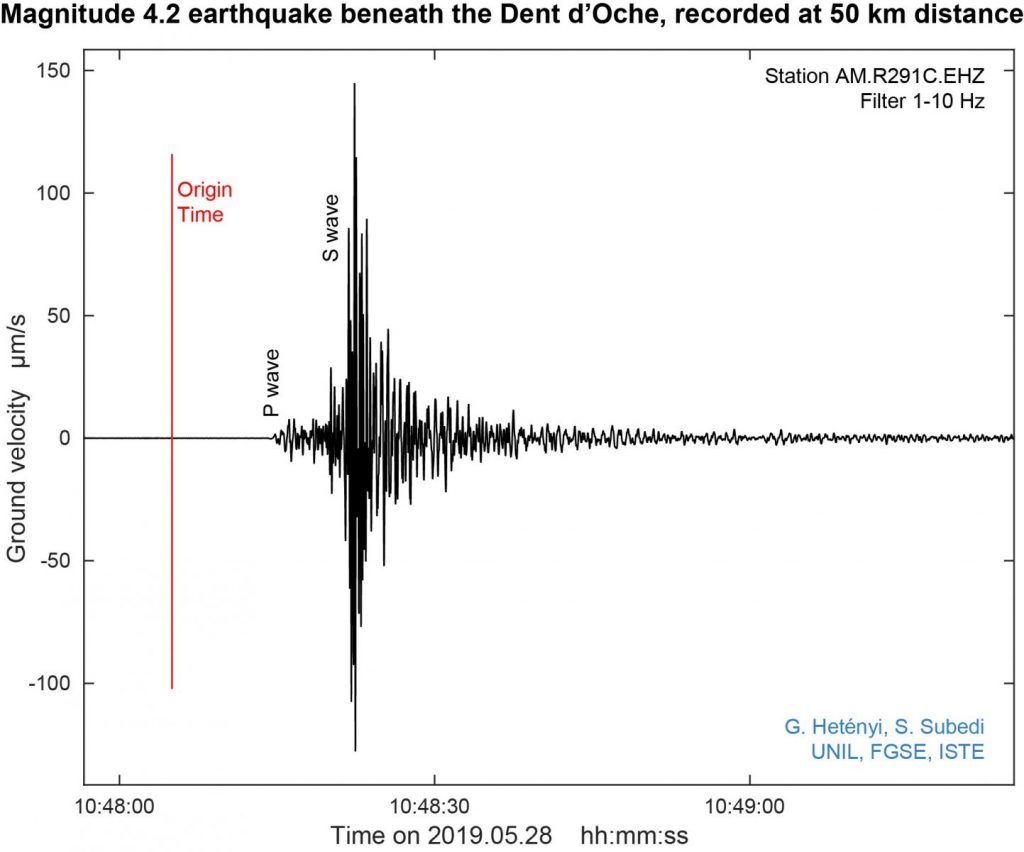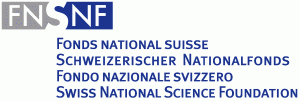The 27th general assembly of International Union of Geodesy and Geophysics (IUGG) took place on 8-18 of this month in Montréal, Canada. Matteo Scarponi and Shiba Subedi from our group have participated in the meeting. This year is the centennial year of IUGG. The next General Assembly will be held in Berlin, Germany, in July 2023.
News
Project OROG3NY extended
In its fourth year, project OROG3NY was evaluated, together with a proposal to extend it for further two years.
The Swiss National Science Foundation has recently brought a favourable decision, which means that the project is granted to continue running in 2020-2021. This is great news and we look forward to the forthcoming project activities!
Two accepted papers: metamorphic earthquake and E.Pannonian basin
Two papers from our group have been accepted for publication this month:
- With the lead of Celso Alvizuri, the results on the “Source mechanism of a lower crust earthquake beneath the Himalayas and its possible relation to metamorphism” will soon appear in Tectonophyics.
- In a cooperation with the Observatory in Hungary, “Moho depth analysis of the eastern Pannonian Basin and the Southern Carpathians from receiver functions” is in press at Journal of Seismology.
Earthquake beneath the Dent d’Oche
On May 28th a M4.2 earthquake occurred beneath the Dent d’Oche, a well known-peak on the French side of Lake Geneva, close to the Swiss border. The event was felt around Lake Geneva, as well as in the Valais where our station clearly recorded the waveforms (see below).
This earthquake is of interest for several reasons. In the year 563, a tsunami on Lake Geneva was generated from a rock fall in the same area. In 1584, a M5.9 earthquake occured in the same region (Aigle +/-50 km). Finally, the geothermal project planned in Lavey-les-Bains is close enough for this event to be of interest when assessing background seismicity.

Bhutan PhD manuscript available online
The final PhD thesis manuscript of Julia Singer is now openly available online. The title of the thesis is “Tectonics of the Bhutan Himalaya: New Insights from Seismic Tomographic Images of the Lithosphere“, and contains several research results obtained between 2013 and 2017 in frame of project GANSSER.
Seismology at School in Nepal: Two key milestones
Since late 2017 we run the Seismology at School in Nepal program in connection with Shiba Subedi‘s PhD thesis. The project has recently achieved two important milestones:
- We organized an 2-day Educational Seismology workshop for about 100 school teachers and interested people in Pokhara, Nepal. All the teaching material and additional resources are available online.
- A network of RaspberryShake sensors, installed at schools in Nepal, is nearly completed and covers the central region of Nepal. More information on the network, the first detected earthquakes and shakemaps will follow soon.
A lot more could be written here, nevertheless for a start please browse through the links above.
Valais footquake (Tremblement de stade)
“Footquakes” are seismological signals caused by a large number of football (or other sport) fans following a major event, like a goal. On April 7th, the FC Sion has scored the fastest goal ever in the Swiss Championship, just 10 seconds into the game. Our seismic station at 2.3 km distance has nicely detected the vibration. For full details read our Geoblog article (or in subsequent media appearances on Le Nouvelliste, Le Matin, msn, orange and So Foot).

Test measurements successful
In a week of recording at our test site in the Valais, all 4 earthquakes located by the Swiss Seismological Service were clearly visible and detected. This includes a magnitude 1.0 event at 36 km distance, which is a surprisingly good performance: the energy liberated by a magnitude 1.0 earthquake corresponds to approximately 1 cm slip on a 125 m2 area.
Below is the detected waveform, with the origin time (OT), P and S waves.

Luca dal Zilio’s visit
On Wednesday April 3rd, Luca dal Zilio from the California Institute of Technology will visit our institute. At the lunchtime Table Ronde he will present a seminar with the following title: Anatomy of the Main Himalayan Thrust: Implications for elastic energy storage and lateral segmentation.
RaspberryShake testing in the Valais
Thanks to good contacts, a RaspberryShake-1D sensor could be installed today at a low-noise location in the Valais. This region is known to be that of highest seismic activity in Switzerland, with recurrent damaging events. The latest of the major events occurred in 1946 in Sierre, and had a magnitude of 5.8. The data recorded by the station installed today can be seen online here.

